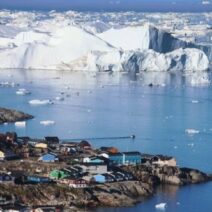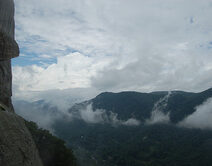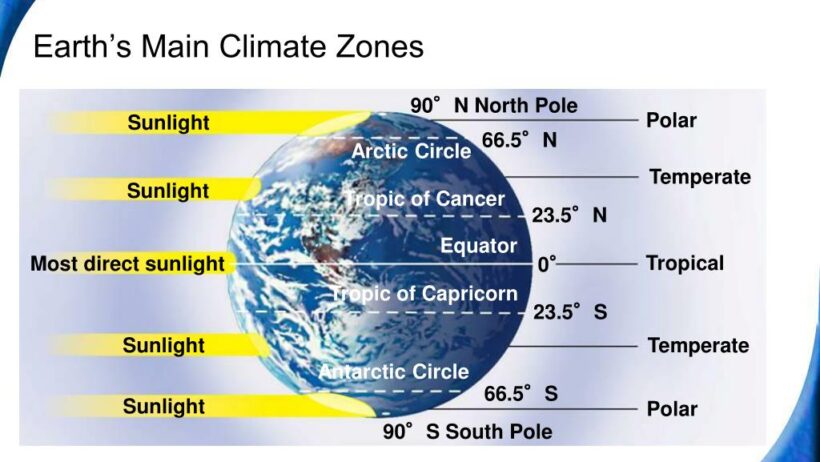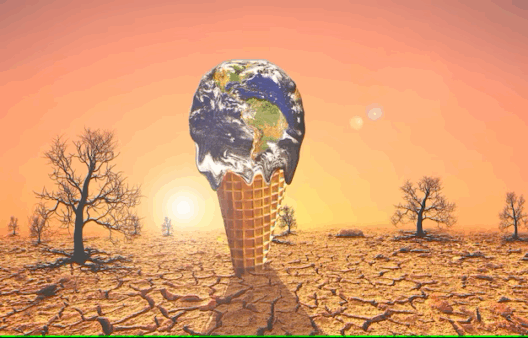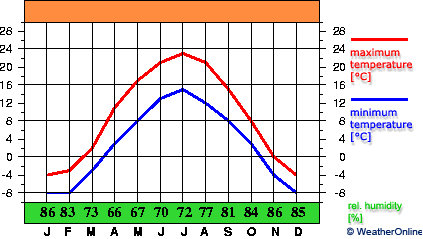The interplay between longitude and climate has often been dismissed or overshadowed by the more celebrated influences of latitude. While the latter has been lauded for delineating temperature zones and seasonal variations, longitude quietly exerts its own influence, one that is often overlooked in discussions about climate. This opens a new frontier in understanding how our temporal frameworks can shape environmental conditions.
Longitude, as a concept, is intrinsically linked to the measurement of time. It is a geographical coordinate that reflects the Earth’s rotation and delineates how far east or west a location is from the Prime Meridian. Time zones, therefore, are inherently a function of longitude. What many fail to recognize is that the delineation of these time zones has significant implications for climate management, agriculture, and energy consumption. In a world grappling with climate change, understanding this relationship is paramount.
Firstly, the most immediate effect of longitude is on the amount of sunlight received in different regions at a given time of day. For instance, locations situated at varying longitudes experience sunrise and sunset at distinct times, which can impact local climates. The diurnal cycle affects plant growth, animal behavior, and weather patterns. In agricultural terms, farmers in eastern longitudes may benefit from an extended growing season due to earlier sunlight, while their counterparts in the west have to contend with a shorter growing window.
Furthermore, differences in time zones can lead to misalignment between the activities of communities and their natural environments. For example, residents in certain regions may engage in agricultural practices or energy consumption patterns that are out of sync with local climatic conditions. This discordance can lead to inefficiencies and heightened vulnerability to climate extremes.
Next, consider the concept of climate resilience. Regions within the same latitude may exhibit stark climatic variations due to their longitudinal placement. For instance, two places situated at a similar latitude may experience entirely different precipitation patterns based on their respective longitudes. This has serious implications for water management, particularly in arid regions where water scarcity poses a significant threat to both biodiversity and human settlements. Understanding the longitudinal influence can guide the development of more effective water conservation strategies and agricultural practices tailored to the specific microclimates of different locales.
Moreover, the relationship between longitude and climate extends to the impact of technological advancements and policy implementations. In the age of globalization, where climate action must be synchronized across borders, the time zone disparity complicates international cooperation. Decision-makers in different longitudes may struggle to align their strategies effectively, leading to delays in addressing critical climate issues. For instance, when countries attempt to negotiate climate accords or share environmentally sound technologies, the differences in time zones can inadvertently exacerbate communication challenges, resulting in missed opportunities for collaboration.
Equally important is the role of longitudinal differences in influencing energy consumption patterns. Time zone-oriented energy policies often fail to account for local climatic conditions. In regions where solar energy is abundant during particular times of the day, aligning energy production with consumption can lead to a more efficient and sustainable energy system. However, if the energy policies are imposed uniformly across multiple time zones without adapting to the local climate realities, they risk inefficiency and increased emissions.
Consider the phenomenon of seasonal shifts. While latitude undoubtedly alters seasonal experiences significantly, longitude also plays an essential role in the timing and intensity of seasons. For instance, regions situated at similar latitudes but different longitudes may experience variations in seasonal weather that profoundly affect their ecosystems and agricultural cycles. It is a misnomer to suggest that latitude alone can encapsulate the intricacies of seasonal variations across continents.
The implications of longitudinal influences also extend into biodiversity. Different species thrive in different climatic conditions—characteristics that can vary significantly with longitude. The migration patterns of birds, for example, can be tied to longitudinal shifts that dictate their seasonal breeding grounds. Recognizing these patterns allows us to anticipate the potential impacts of climate change on wildlife. Species that are unable to optimize their ranges in response to shifting climatic conditions may face extinction. Here, a longitudinal perspective on climate impacts becomes crucial for effective conservation strategies.
In examining the intersections of longitude, time zones, and climate, it becomes increasingly evident that our understanding of climate dynamics requires a multifaceted approach. Policymakers, scientists, and communities must transcend traditional paradigms that emphasize latitude and shift their focus to a more integrative perspective that includes longitude. This holistic viewpoint promises to illuminate new strategies in climate adaptation and resilience.
Moreover, encouraging a global dialogue that integrates time zone considerations can amplify local voices in environmental decision-making. Collaborative platforms can harness local knowledge and experiences to forge climate strategies that reflect the climatic nuances of various regions. The promise of delivering effective environmental policies, thereby, resides not solely in scientific analysis but also in the recognition of temporal dimensions influenced by longitude.
In conclusion, while latitude has traditionally taken center stage in climate discussions, it is high time we consider the substantial and often overlooked effects of longitude. From agricultural practices to energy consumption, from biodiversity to climate resilience—longitude weaves a complex narrative that intersects with time and space. Embracing this expansive perspective will not only enhance our understanding of climate influences but will also catalyze innovative responses to the pressing climate challenges we face today.

